Dressing up ordinary platforms in seductive coupe bodies is a well-known trick in the car industry. It has been around since the dawn of the automotive age. Volkswagen did it with Scirocco, which was basically a Golf; Ford did it with the original Mustang, which was practically a Falcon. BMW scored big with Z3, which was nothing more than an ordinary E36 3-Series Compact underneath a sexy roadster body. The list of cool cars with modest backgrounds is very long, and even today, car companies are successfully pulling that same trick. However, it rarely happens that one car becomes so much more and completely transforms its standard mechanics into a world-class sports car which started as a small, economy sedan with no performance aspirations. This is precisely the essence of the legendary Alpine A110, its unique position in car history, and its stellar motorsports records. Here is its story.
The Alpine brand is the brainchild of French entrepreneur Jean Redele, who was a successful Renault dealer. In the mid-50s, he decided to start tuning the available Renault cars and soon moved on to his own creations made of innovative new material – fiberglass. The concept was simple, use the existing platform and drivetrain from a modest Renault 4CV Dauphine, cover it with a very light body, improve the performance and go racing. The first cars Redele made were pretty successful, and that is how the company got its name after the first major win at the Coupe des Alpes event in 1954. However, despite the clear inspiration, Redele’s company will always be the subject of mix-ups since, at the same time, Sunbeam in England released a model called Alpine. In Germany, the famous BMW tuner adopted the name Alpina.
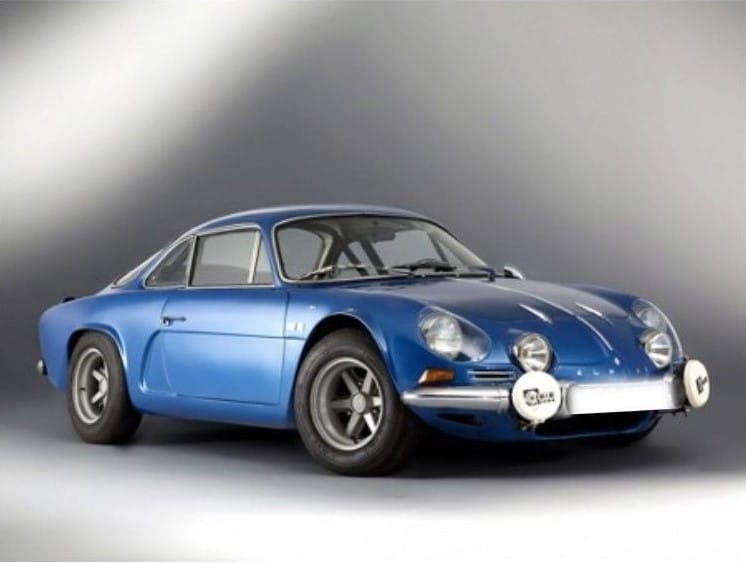
The success of the Alpine 106 and 108 models produced in the late 50s and early 60s inspired Redele to invest more in developing the next car. In June 1962, Renault introduced a brand-new model called R8. Despite its size, the small R8 was full of innovative features like disc brakes all-around (first in its class), a unique cooling system, and improved independent rear suspension. The base engine was a tiny 956 ccm four-cylinder that produced 44 hp, but for a car with a curb weight of just 1,600 pounds (726 kg), it was more than enough. Redele realized this was the perfect platform to turn into a sports car and immediately contacted the talented Italian design freelancer Giovanni Michelotti. He penned a classic and recognizable shape which became the Alpine A110.
The new model debuted in 1963 using the R8 mechanics, steel backbone chassis, and a slightly improved 52 hp engine but with better performance and higher top speed due to a lighter body and better aerodynamics. In this age of overweight cars, it is incredible to know that the 1963 Alpine A110 weighed just 1,550 pounds or 706 kilograms. Very soon, Adele saw that the A110 construction had the potential to accept larger engines with more power and started installing a 1.1-liter Gordini engine with a “whopping” 95 hp. With almost double the power over the stock R8 engine, Alpine A110 1100 could accelerate to 60 mph in around 8 seconds which was considered significant for the day’s standards. Small weight, independent rear suspension, and direct steering proved to be the main selling points, and Redele saw increased demand.
Interestingly, he successfully sold a license for A110, and this model was manufactured in Spain, Brazil (as Interlagos A110), and Bulgaria. The Bulgarrenault, as it was called, was especially interesting since Bulgaria was a communist country behind the Iron Curtain and Alpine A110 was a sports car from the Western capitalist world. Only about 100 cars were made there in the late ’60s.
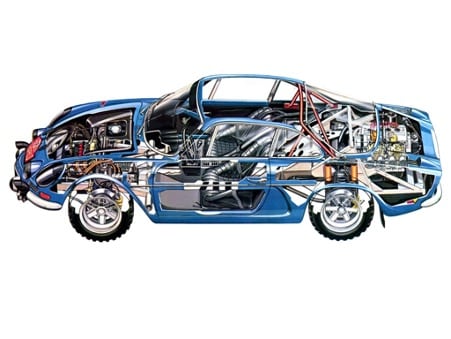
The Alpine A110 1100 was in production until 1968, but in late 1966, Adele offered a more powerful 1.3-liter model, which delivered more power and performance. It was sold in two versions, starting from the 104 hp G model and the 1.3-liter Super model with a 120 hp. That model brought some actual performance to the Alpine range and could accelerate from 0 to 60 mph in under 7 seconds, which was considered very late ’60s standards. With such firepower underneath a lightweight body, Alpines soon gained a reputation as cars that could punch well above their weight and outhandle many other rear-engine sports cars like Porsche 911.
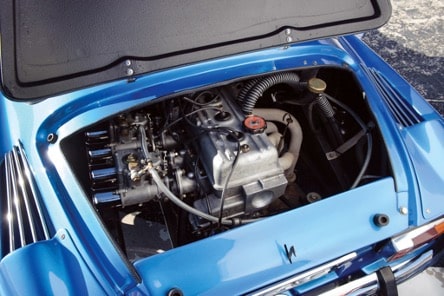
However, the best was yet to come. Encouraged by the capabilities of the A110 and with the financial backing of Renault, Adele decided to enter the top tiers of motorsport. Compact dimensions, agility, excellent handling, and brisk acceleration meant that A110 was a natural choice for rally championships and events all over Europe. The first significant wins came in 1971 when Alpine won the prestigious Rally Monte Carlo in front of Porsche, Ford, and Abarth. The same year, Renault decided to buy the Alpine brand from Redele, transforming it into the factory’s racing department and introducing an even more powerful version.

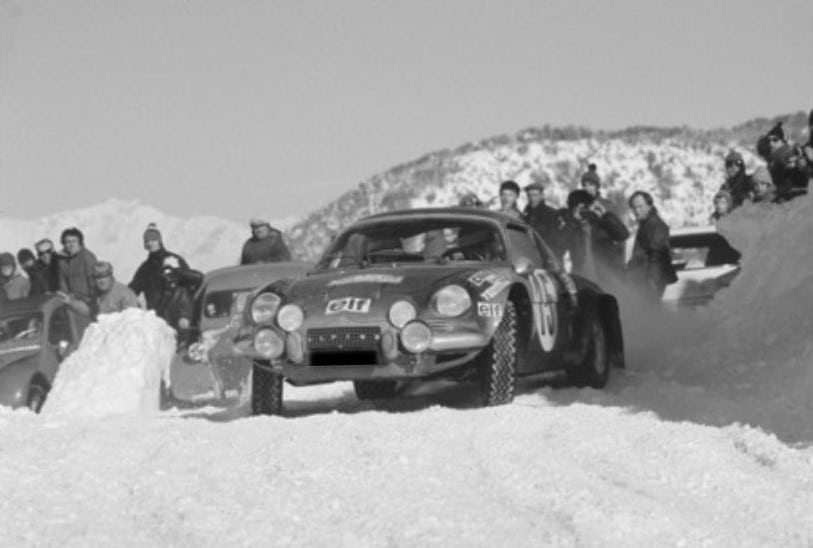
The Alpine A110 1600 S debuted in 1970 and featured an all-new, four-cylinder engine from Renault 16. For use in Alpine, the engine was thoroughly tuned to deliver significantly more power over stock – 138 hp, to be precise. With such power, A110 was really fast and in racing form, with an even lighter body and tuned suspension, capable enough to score even more victories. The WRC, as we know it today, was established for the 1973 season. It was dominated by the Alpine team winning six events and becoming the first WRC champion, again dominating the 1973 Monte Carlo Rally.
Even though the design of the A110 was getting a bit outdated by the mid-’70s, Renault decided to keep the car in production until 1977. The road-going models were offered several variants of 1.6-liter engines, including the 140 hp fuel-injection version. In comparison, racing models even received 1.8-liter units with up to 200 hp, making the A110 scary fast. Even though the cars like Lancia Stratos diminished the A110’s domination on the rally courses, with improved power, it remained competitive until 1979 and rule changes.
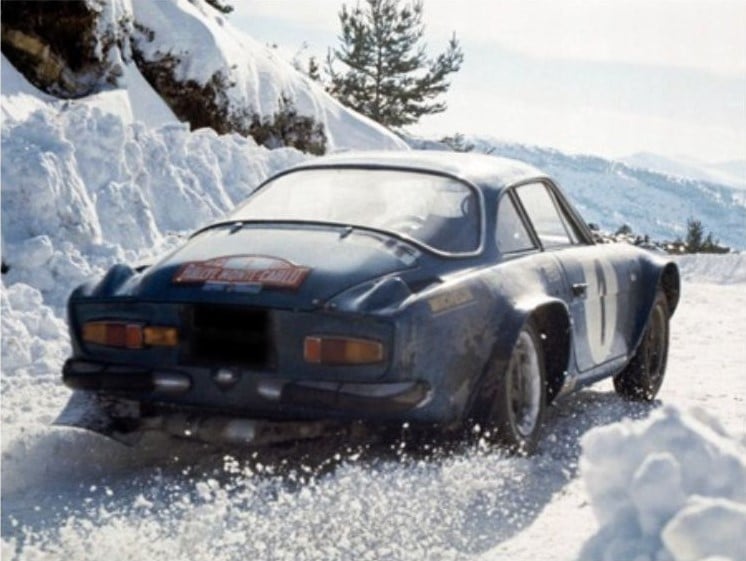
During its 14-year production cycle, Alpine A110 was made in around 8000 examples. However, this figure is often disputed, with some sources claiming that the actual production figure was 7500 and others stating that there were over 9000 Alpine A110s made. During Adele’s ownership, models often overlapped, which added to the confusion because nobody had precise production figures for license-build models in Spain, Brazil, and Bulgaria. However, it is only adding to the mysticism and desirability of this accomplished sports car that did so much with so little and managed to achieve the success its creator never dreamed of.





